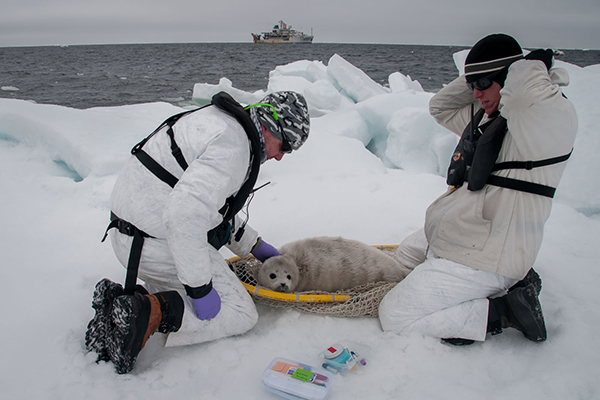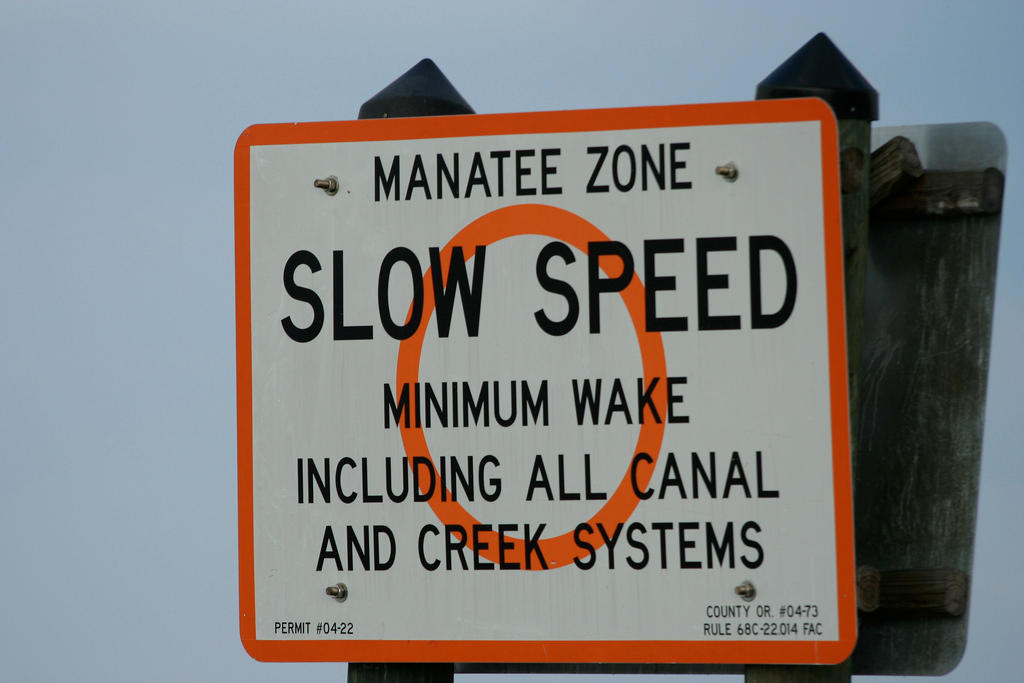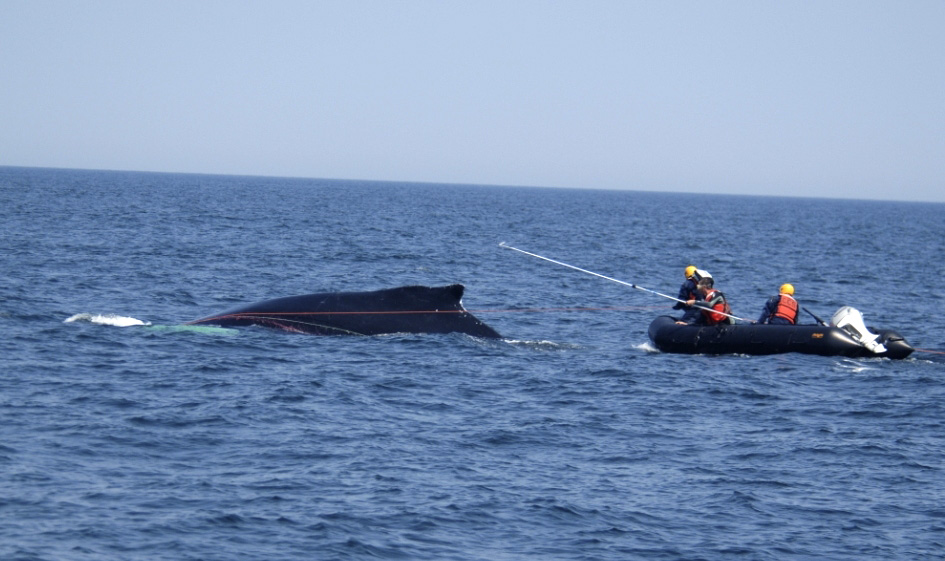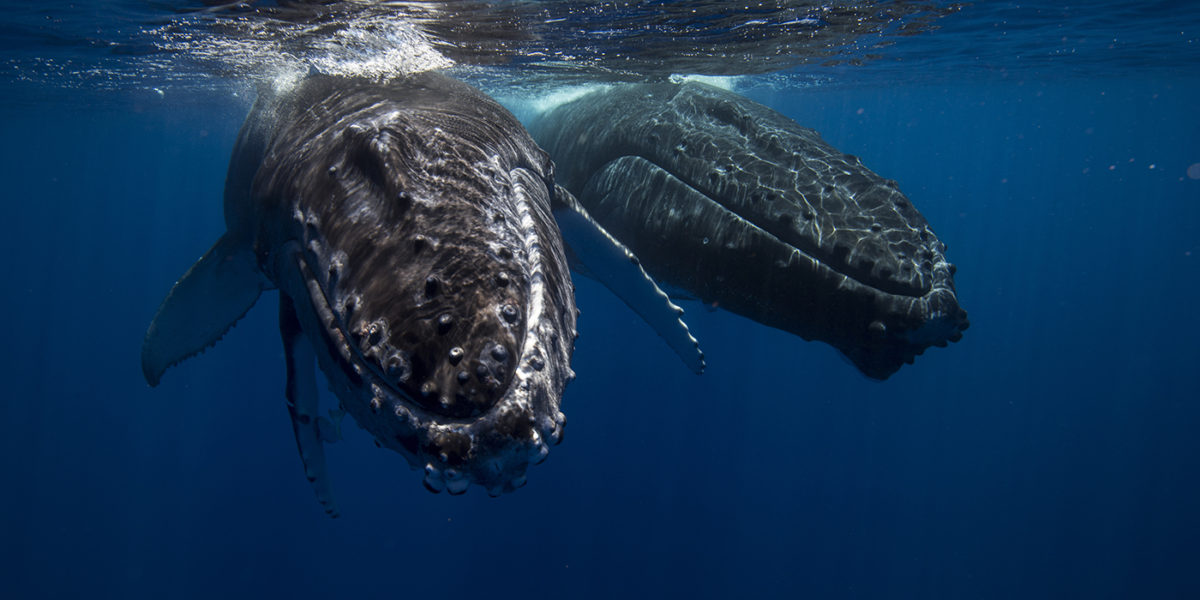In October, we celebrated 45 years of protection for whales, dolphins, porpoises, seals, sea lions, manatees, dugongs, walruses, sea otters, and polar bears, which followed President Nixon’s signing of the Marine Mammal Protection Act into law. Looking back, we can see how far we’ve come.
“America was first, and the leader, and still is a leader today at marine mammal protection”
– Patrick Ramage, International Fund for Animal Welfare
In the late 1960’s, it became clear that marine mammal populations were dangerously low across all US waters. The public became increasingly aware that marine mammals were being mistreated, overhunted, and were at a high risk of extinction. New research emerged highlighting the intelligence and sentience of marine mammals, sparking outrage at their mistreatment from many environmental activist and animal welfare groups. The Caribbean monk seal had not been seen in Florida waters in more than a decade. Other species were also at risk of disappearing entirely. Clearly something had to be done.

The U.S. Marine Mammal Protection Act, or MMPA, was enacted in 1972 in response to the population declines of a number of marine mammal species due predominantly to human activities. The Act is best known for its attempt to shift the focus of conservation from species to ecosystems, and from reactive to precautionary. The Act established a policy that aims to prevent marine mammal populations from declining so much that a species or population stops being a critical functioning element of the ecosystem. Thus, the MMPA protects all marine mammal species within United States waters. Harassing, feeding, hunting, capturing, collecting, or killing marine mammals is strictly prohibited under the Act. By 2022, the Marine Mammal Protection Act will require the U.S. to ban imports of seafood that kill marine mammals at a level above what is set in the U.S. for allowable bycatch.
Exceptions to these prohibited activities include permitted scientific research and public display at licensed institutions (such as aquariums or science centers). In addition, the capture moratorium does not apply to coastal Alaska natives, who are permitted to hunt and take whales, seals, and walruses for subsistence as well as to make and sell handicrafts. Activities that support the security of the United States, such as those conducted by the US Navy, can also be exempted from the prohibitions under the act.
Different agencies within the federal government are responsible for managing different species that are protected under the MMPA.
The National Marine Fisheries Service (within the Department of Commerce) is responsible for the management of whales, dolphins, porpoises, seals, and sea lions. The U.S. Fish and Wildlife Service, within the Department of the Interior, is responsible for the management of walruses, manatees, dugongs, otters, and polar bears. The Fish & Wildlife Service is also responsible for supporting enforcement of bans on the transport or sale of marine mammals or illegal products made from them. The Animal and Plant Health Inspection Service, within the Department of Agriculture, is responsible for the regulations that concern the management of facilities that contain marine mammals in captivity.
The MMPA also requires that the National Oceanic and Atmospheric Administration (NOAA) conduct annual stock assessments for marine mammal species. Using this population research, managers must make sure that their management plans support the goal of helping all species optimum sustainable populations (OSP).

Credit: NOAA
So why should we care about the MMPA? Is it actually working?
The MMPA has certainly been a success on many levels. The current status of multiple marine mammal populations is measurably better than in 1972. Marine mammals within U.S. waters now have fewer species in at-risk categories and more in the categories of “least concern.” For example, there has been an extraordinary recovery of harbor seals and gray seals in New England and of California sea lions, elephant seals, and harbor seals on the Pacific Coast. Whale watching in the US is now a billion-dollar industry because the MMPA (and the subsequent International Moratorium on whaling) has helped the Pacific blue whale, and Atlantic and Pacific humpbacks recover.
Another example of the MMPA’s success is in Florida where some well-known marine mammals include the bottlenose dolphin, the Florida manatee, and the North Atlantic right whale. These mammals rely heavily on Florida’s sub-tropical coasts, traveling to Florida’s waters for calving, for food, and as a home during the winter months. Ecotourism operations depend on the appeal of the beauty of these marine mammals and seeing them in the wild. Recreational divers, boaters, and other visitors can also rely on seeing marine mammals to enhance their outdoor experience. For Florida specifically, the manatee population has increased to roughly 6300 since 1991, when it was estimated to be around 1,267 individuals. In 2016, this success led the U.S. Fish and Wildlife Service to suggest that their endangered status be down-listed to threatened.

While many researchers and scientists can enumerate the successes under the MMPA, that doesn’t mean the MMPA doesn’t have drawbacks. Challenges certainly remain for a number of species. For example, the North Pacific and Atlantic right whales have seen the least improvement and remain at high risk of mortality from human activity. The Atlantic right whale population is estimated to have peaked in 2010, and the female population is simply not numerous enough to sustain reproduction rates. According to the Florida Fish and Wildlife Conservation Commission, 30% of Atlantic right whale mortalities occur from ship collision and net entanglement. Unfortunately, commercial fishing gear and shipping activities are not easily avoided by right whales, although the MMPA does provide some incentives for developing strategies and technology to reduce the interactions.
And some threats are hard to enforce because of the migratory nature of marine animals and the challenges of enforcement at sea in general. The federal government issues permits under the MMPA which can allow certain levels of “incidental take” during such activities as seismic testing for oil and gas—but the true effects of seismic testing often vastly exceed industry estimates. Department of the Interior environmental studies estimate that seismic proposals recently under review would cause more than 31 million instances of harm to marine mammals in the Gulf and 13.5 million harmful interactions with marine mammals in the Atlantic, potentially killing or injuring 138,000 dolphins and whales — including nine endangered North Atlantic right whales, whose calving grounds are off Florida’s coast.
Likewise, the Gulf of Mexico region is considered a hotbed of crimes against bottlenose dolphins even though MMPA forbids harassment or any harm to marine mammals. Wounds from bullets, arrows, and pipe bombs are just some of the illegal damage found in beached carcasses, but the criminals are long gone. Researchers have found evidence that marine mammals have been sliced up and left to feed sharks and other predators rather than reported as accidental bycatch as the MMPA requires—it would be hard to catch every single violation.

Researches disentangling a whale caught in discarded fishing nets. Credit: NOAA
In addition, the Act has not been effective in addressing indirect impacts (anthropogenic noise, prey depletion, oil and other toxic spills, and disease, to name a few). Current conservation measures cannot prevent the harm from an oil spill or other pollution disaster. Current ocean conservation measures cannot overcome the changes in the prey fish and other food source populations and locations that derive from causes other than overfishing. And current ocean conservation measures cannot stem deaths from toxins that come from freshwater sources such as the cyanobacteria that killed sea otters by the hundreds on our Pacific Coast. We can use the MMPA as a platform from which to address these threats.
We cannot expect the Marine Mammal Protection Act to protect every animal. What it does is more important. It gives every marine mammal the protected status of being able to migrate, feed, and reproduce without interference from humans. And, where there is harm from human activities, it offers an incentive to come up with solutions and to punish violators for willful mistreatment. We can limit polluted runoff, reduce noise levels from human activities, increase prey fish populations, and avoid known risks such as unnecessary oil and gas exploration in our ocean waters. Healthy marine mammal populations play a role in the balance of life in our ocean, and also in the ocean’s capacity to store carbon. All of us can play a role in their survival.
Sources:
http://www.joeroman.com/wordpress/wp-content/uploads/2013/05/The-Marine-Mammal-Protection-Act-at-40-status-recovery-and-future-of-U.S.-marine-mammals.pdf (good paper looking at successes/downfalls of Act over 40 years).
“Aquatic Mammals,” Florida Fish and Wildlife Conservation Commission, http://myfwc.com/wildlifehabitats/profiles/mammals/aquatic/
House Report No. 92-707, “1972 MMPA Legislative History,” Animal Legal and Historical Center, https://www.animallaw.info/statute/us-mmpa-legislative-history-1972
“The Marine Mammal Protection Act of 1972, Amended 1994,” The Marine Mammal Center, http://www.marinemammalcenter.org/what-we-do/rescue/marine-mammal-protection-act.html
“Manatee Population Has Rebounded 500 Percent, No Longer Endangered,”
Good News Network, published 10 Jan 2016, http://www.goodnewsnetwork.org/manatee-population-has-rebounded-500-percent/
“North Atlantic Right Whale,” Florida Fish and Wildlife Conservation Commission, http://myfwc.com/wildlifehabitats/profiles/mammals/aquatic/
“North Atlantic Right Whale Faces Extinction, by Elizabeth Pennissi, Science. ”http://www.sciencemag.org/news/2017/11/north-atlantic-right-whale-faces-extinction
“Overview of Increasing Incidents of Bottlenose Harassment in the Gulf and Possible Solutions” by Courtney Vail, Whale & Dolphin Conservation, Plymouth MA. 28 June 2016 https://www.frontiersin.org/articles/10.3389/fmars.2016.00110/full
“Deepwater Horizon Oil Spill: Long Term Effects on Sea Turtles, Marine Mammals,” 20 April 2017 National Ocean Service https://oceanservice.noaa.gov/news/apr17/dwh-protected-species.html







